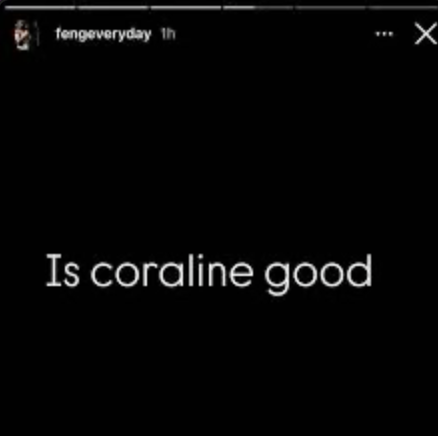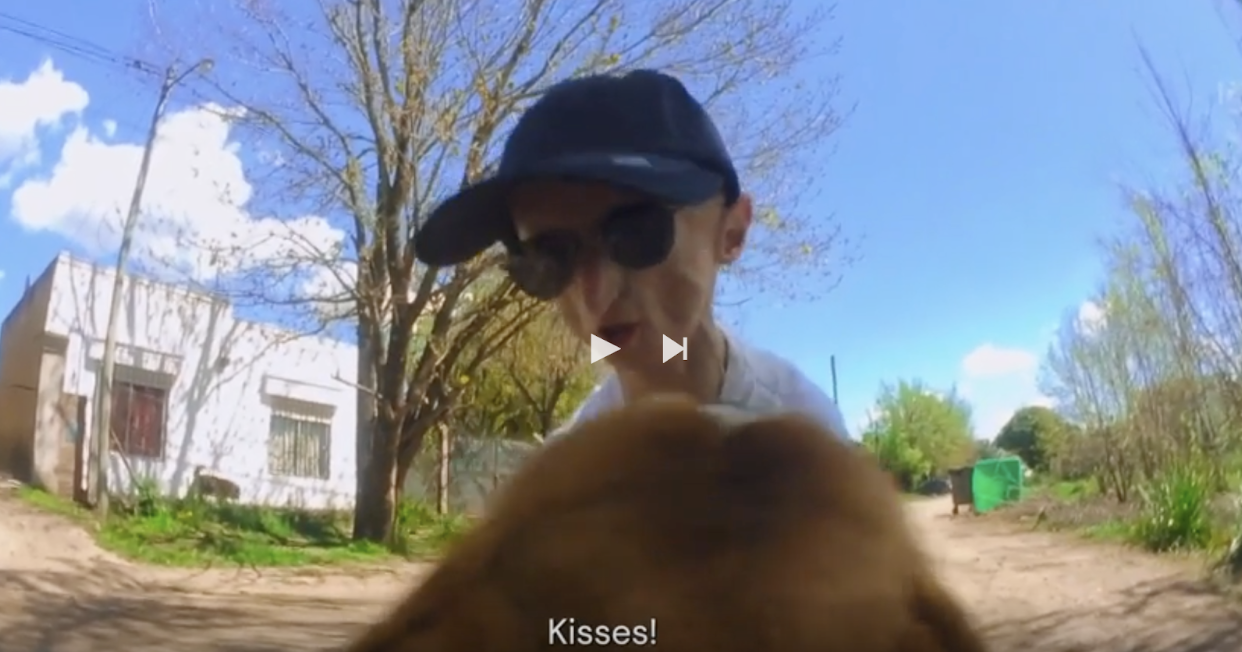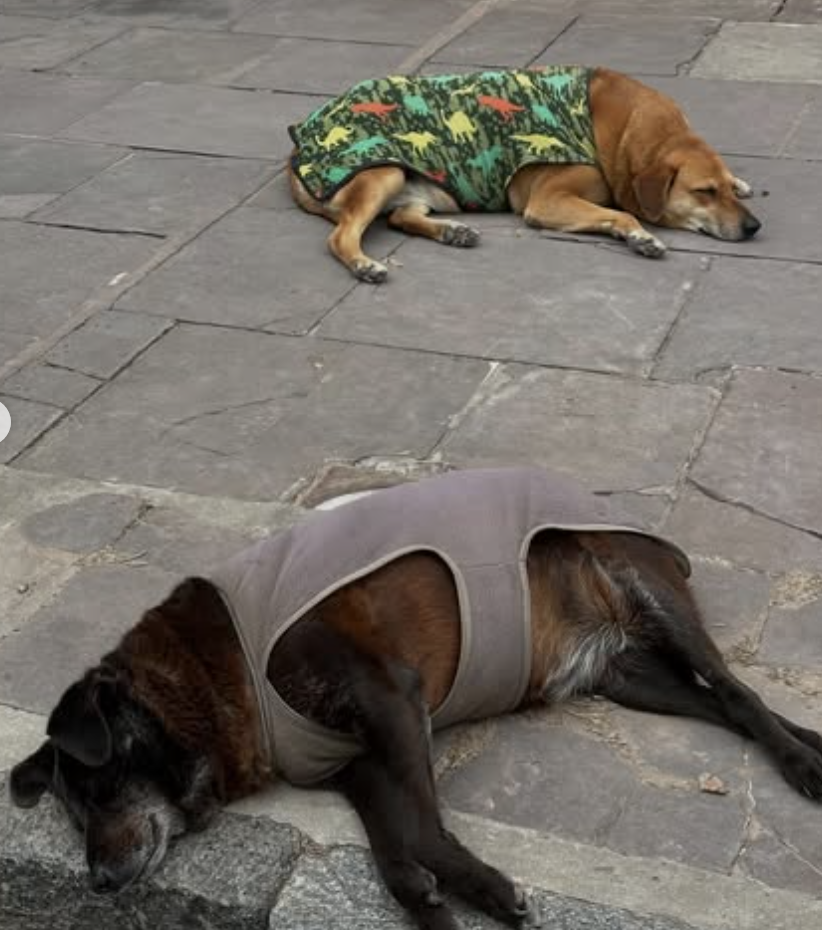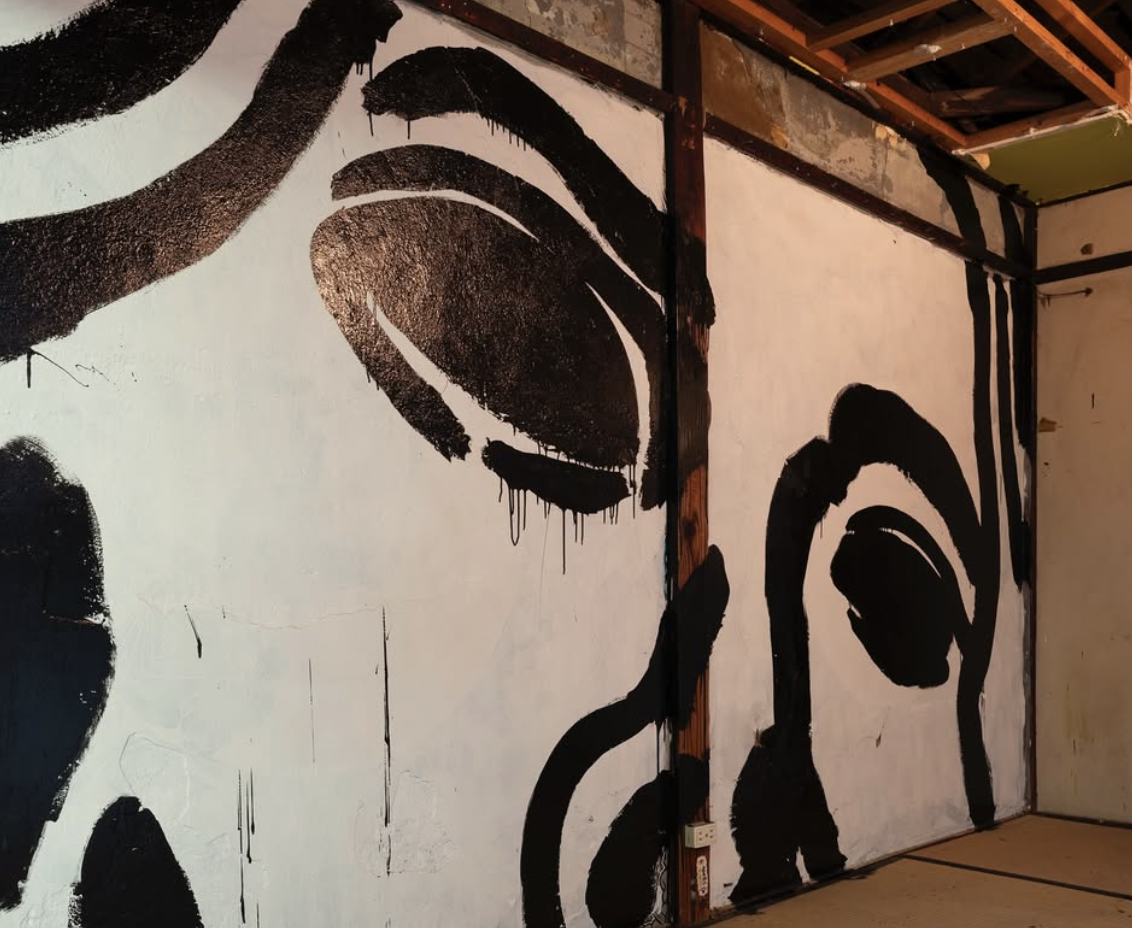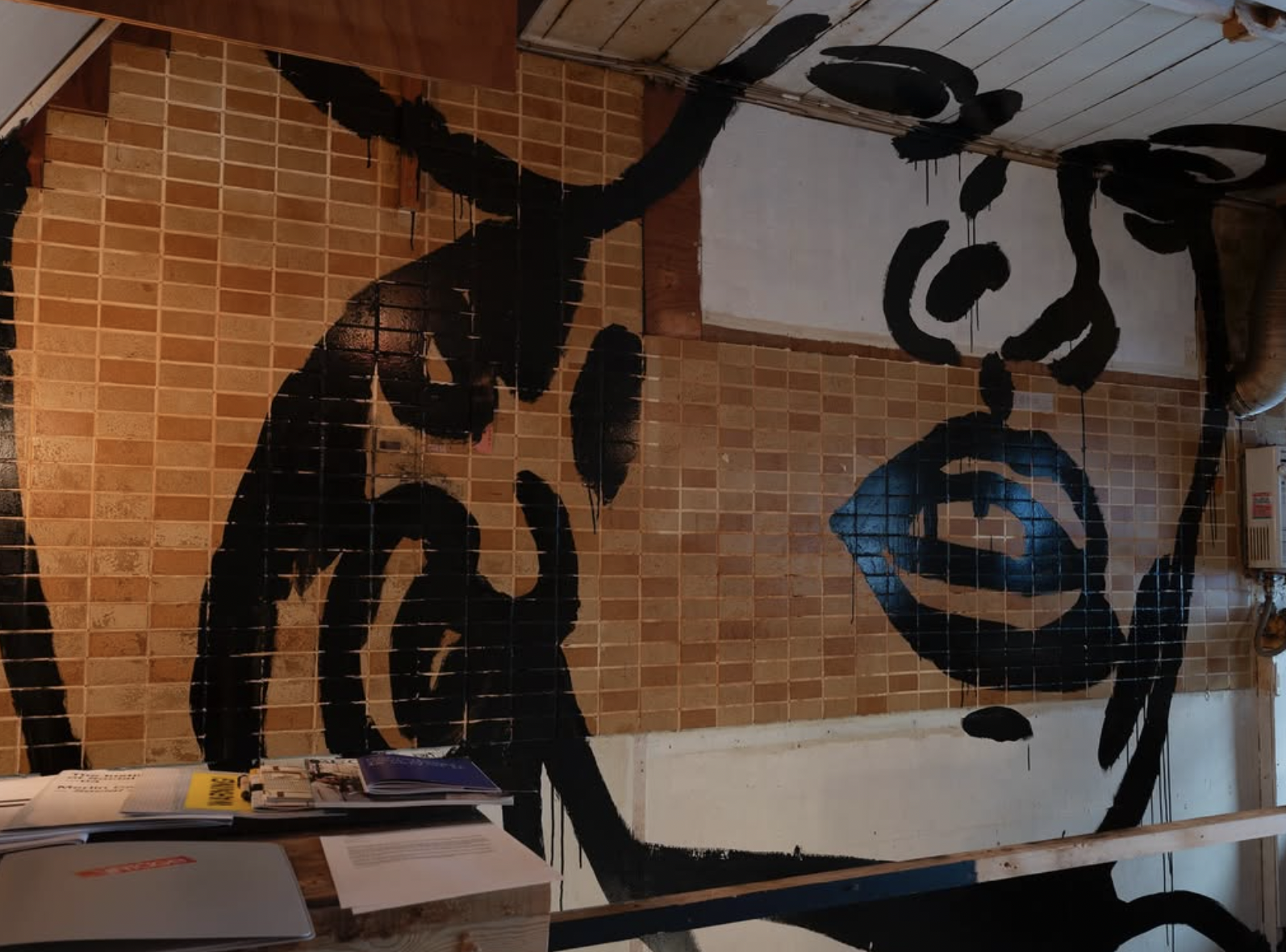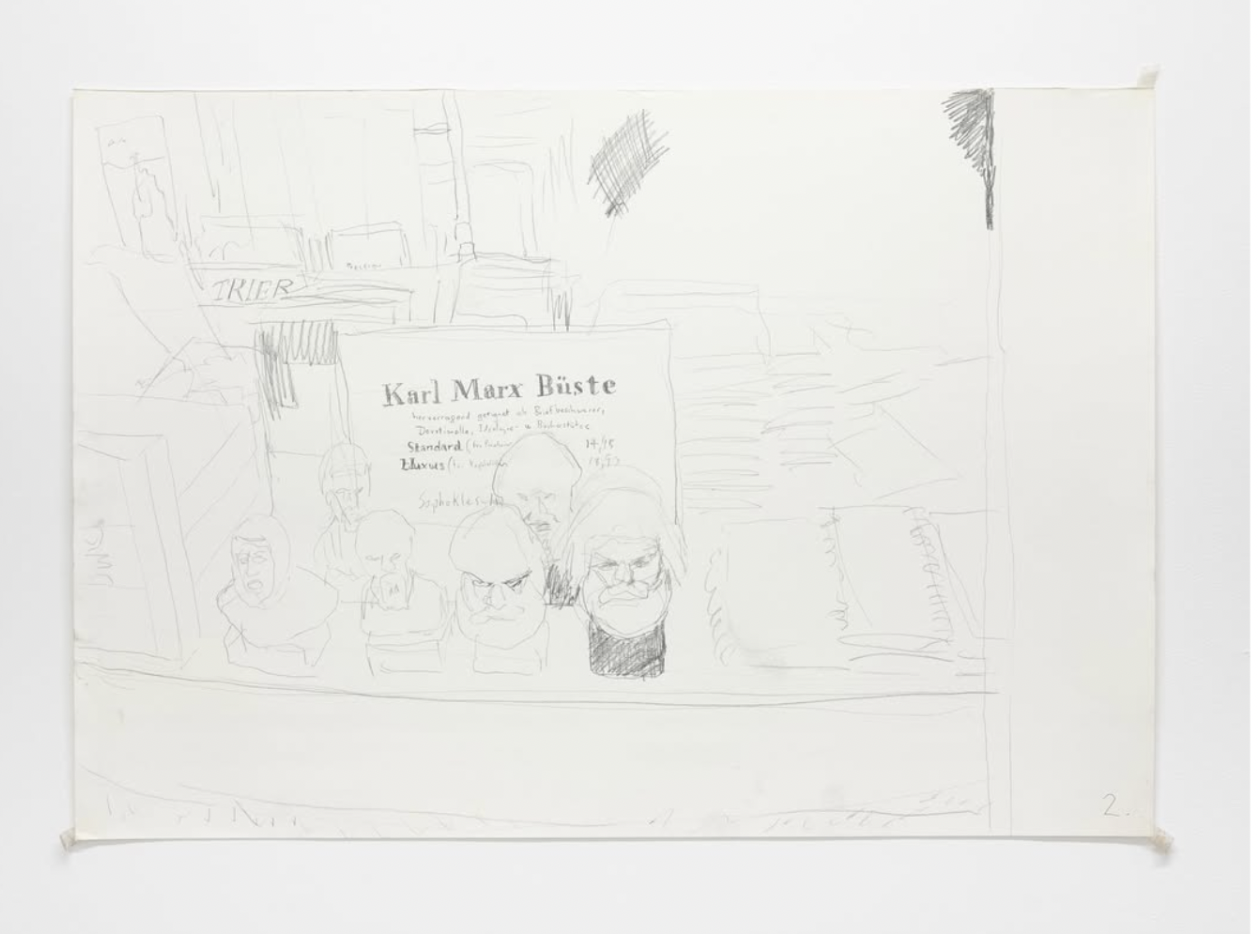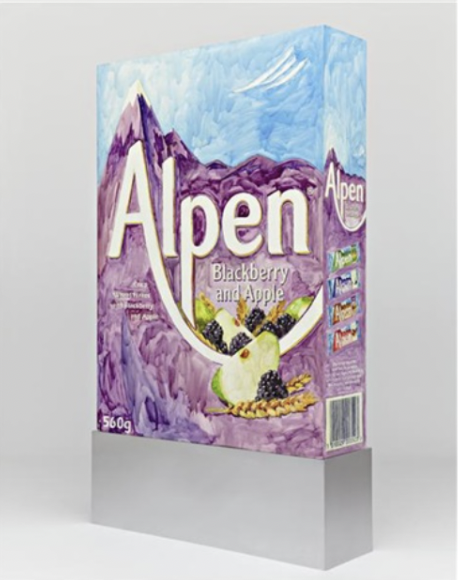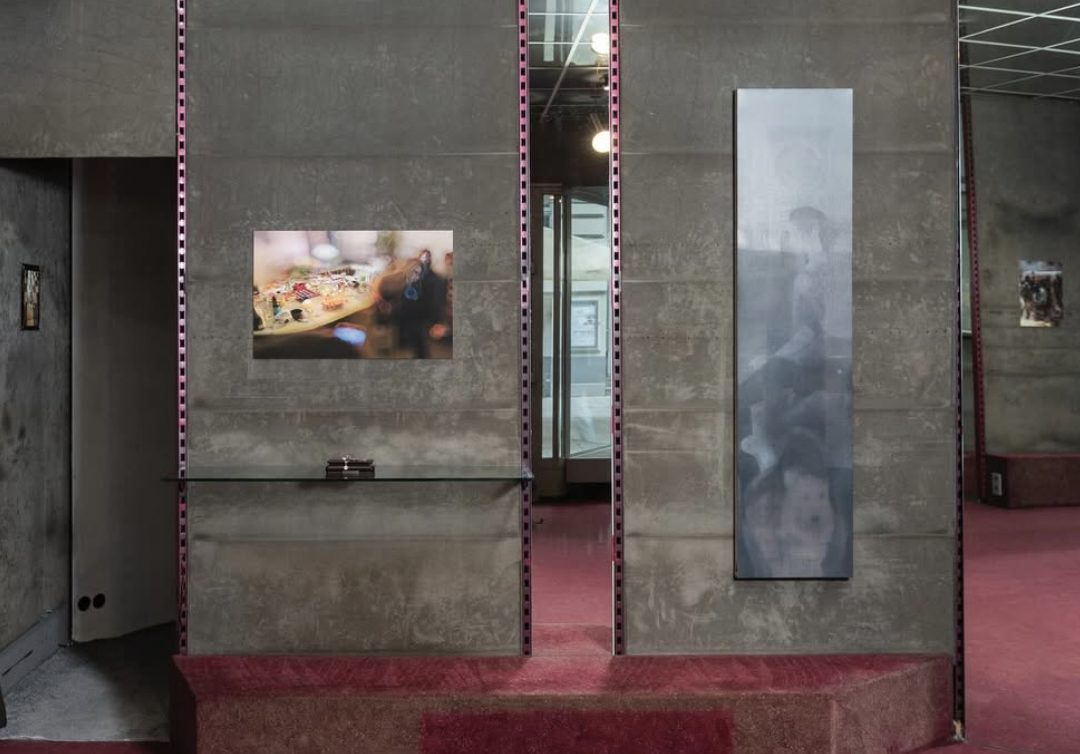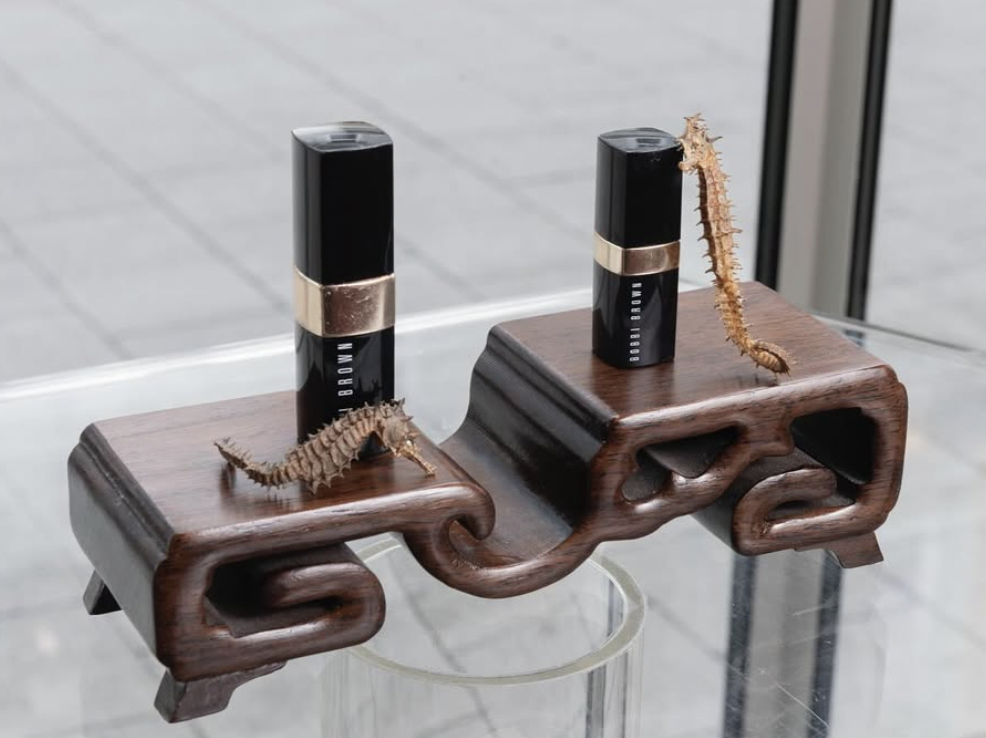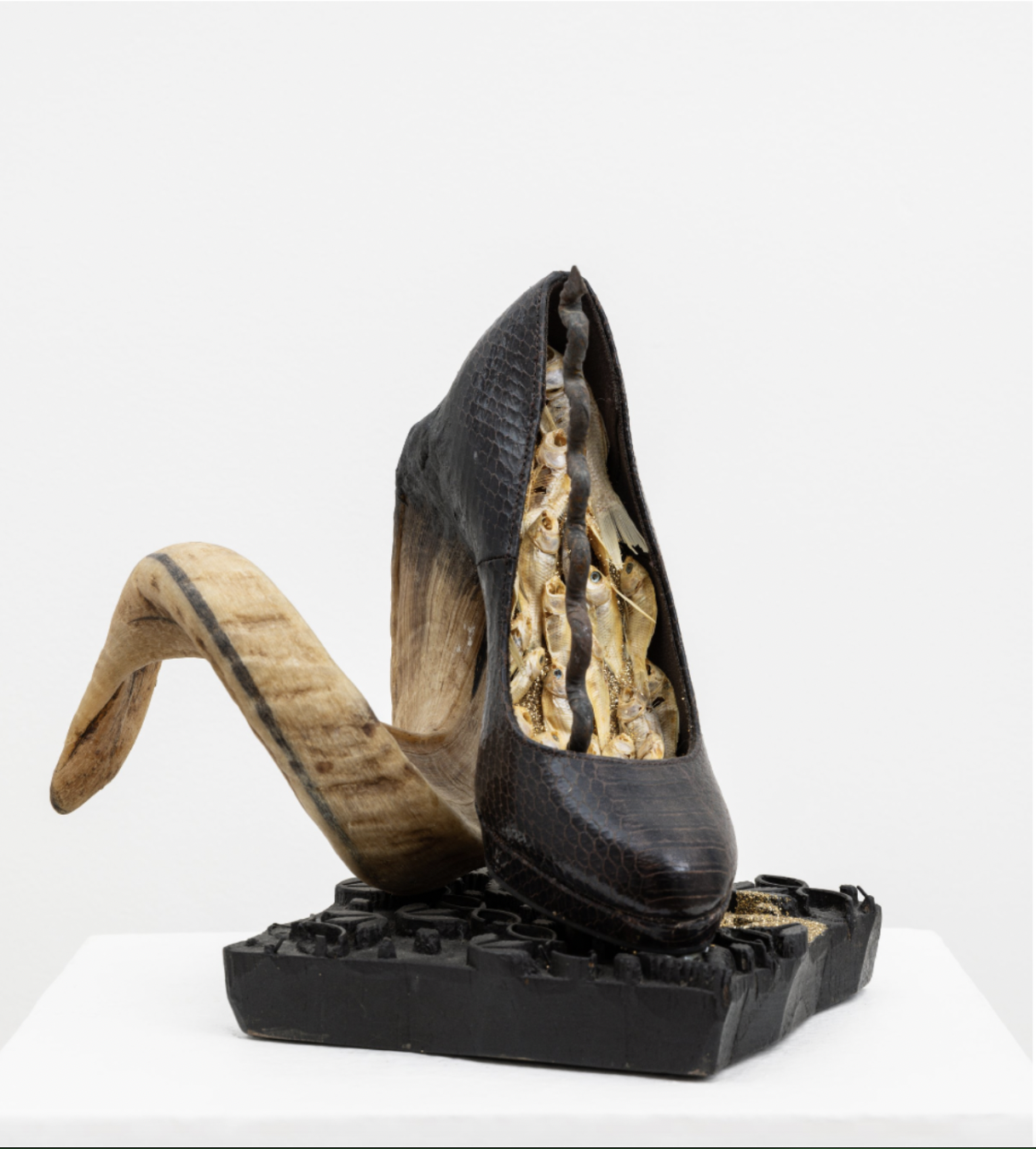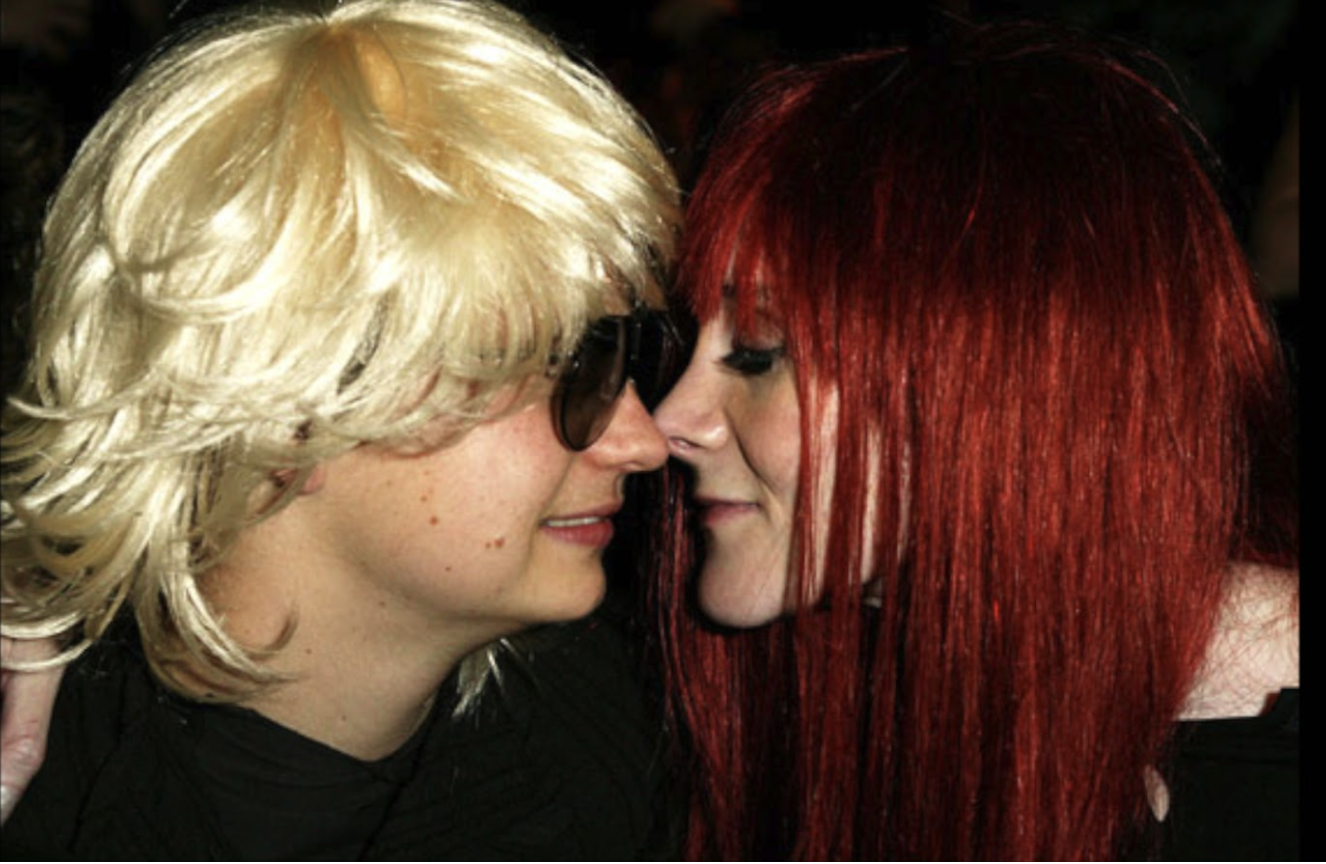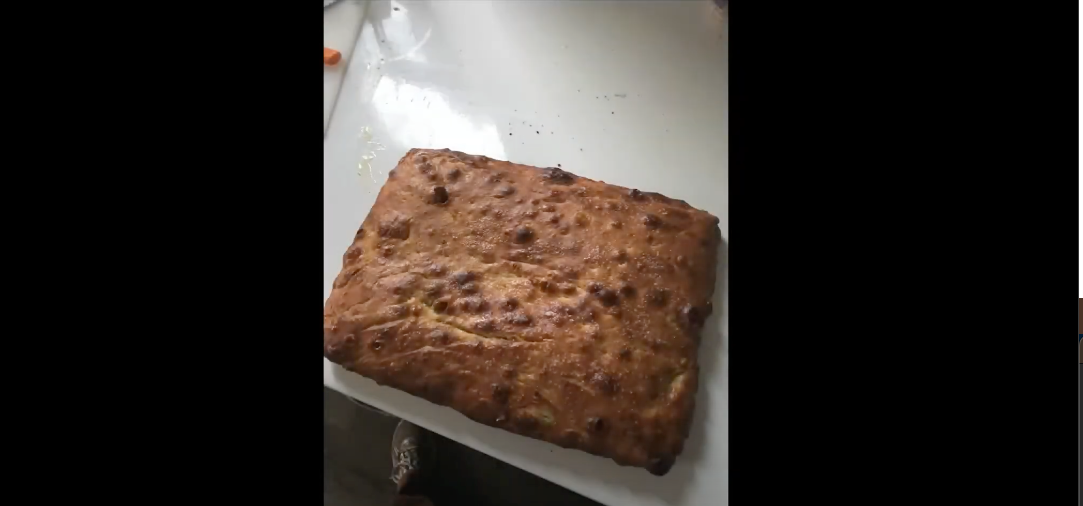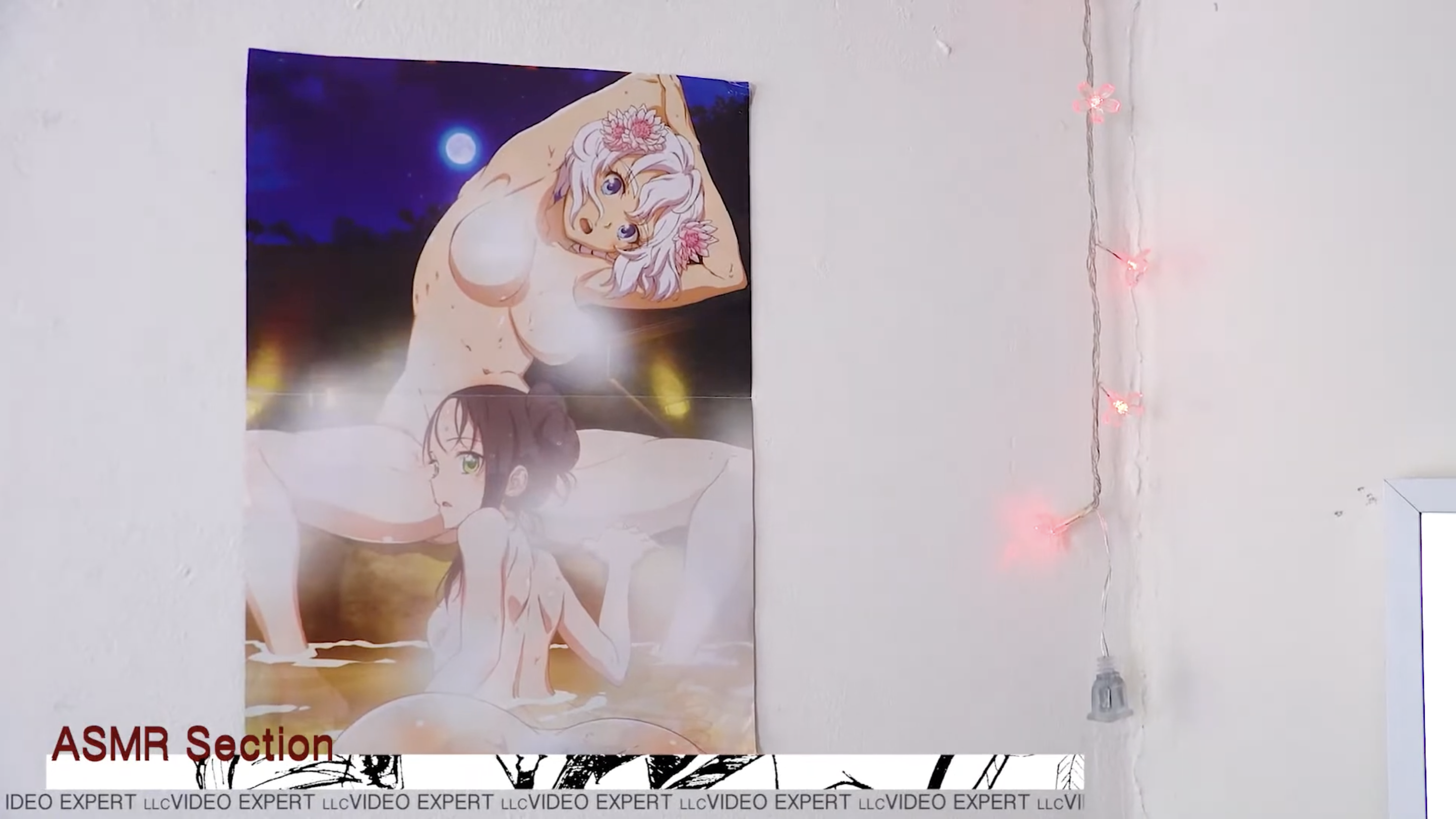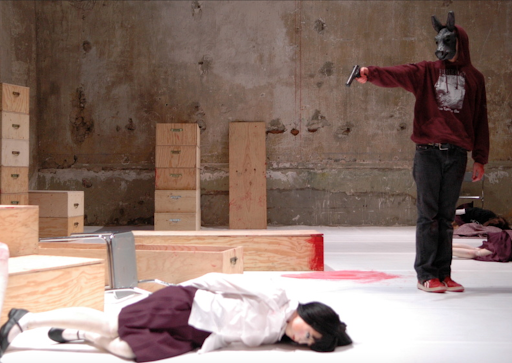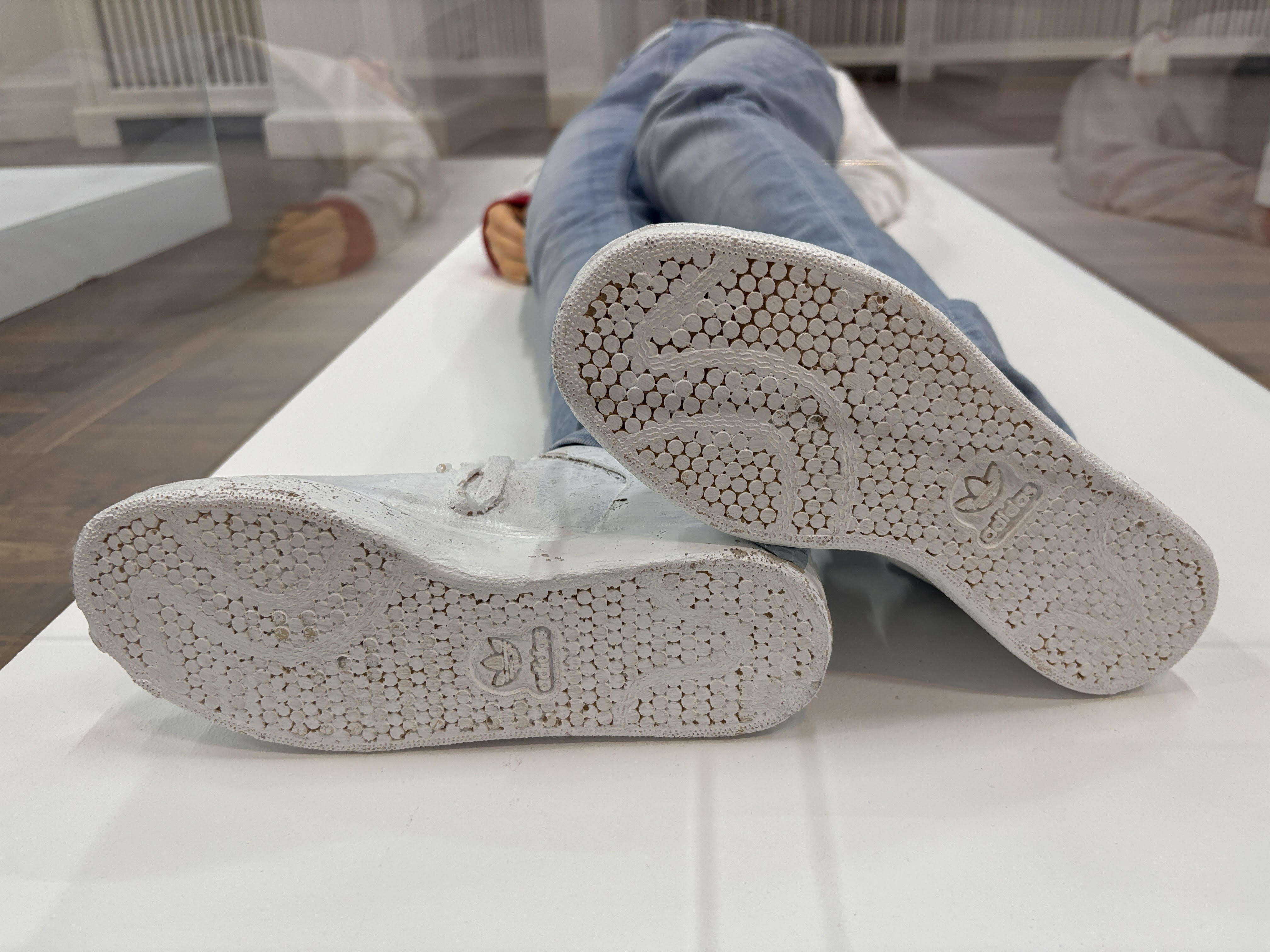Review / 17 July 2025 / By: MissUniverse2016 / ★ ★ ★ ★
"Bad Ass F*cking Movie" Review of Nettspend at Electrix Brixton, London
Entering the Brixton venue to see Nettspend, arguably the most prolific artist in the underground scene, a smell hits my face like a suckerpunch. It’s disgustingly bad. I’ve known about Nettspend since the Triller edits showcasing snippets of his music in 2023. Today, he sells out high-capacity venues filled with 14-year-old children. As hundreds of teenagers swarm the venue, I realise my guest and I are the only people over twenty.
The Merch stand has UK exclusive Early Life Crisis goods, the name of Nettspend’s new album. T-shirts were £45, and hoodies were priced at £90. Not too bad for merch, but I know I could also buy a pair of Balmain jeans aftermarket for that price. Nevertheless, I left the show with a t-shirt and a hoodie, flexing on all the teens. Call it exposure therapy.
An Unknown DJ opened for Nett. His name sounded similar to the greatest ever names in hip hop - KillerKam - he also happens to be the worst DJ I’ve ever seen live, constantly pausing songs to calm the 13-year-olds in the crowd. The mixing was terrible, but this doesn’t bother me too much, as I’m still trying to get over the fact that I'm inside a literal NettSpend sweatbox.
The music stops, and the DJ utters the words, “I have a couple of special guests for you.”
A WRAITH000 Beat starts playing and out comes EsDeekid for his hit song Phantom featuring Rico Ace. The crowd erupts for a median time of 1 minute. Following this, they stand still, like awkward emo kids, until the next bass drop. The audience was really the most experimental thing about this whole event… they felt almost trained by a higher power, hypnotised, hyper-responsive. Nettspend is that power, I guess.
The next song plays - it’s every TikTok fashion head's no.1 played anthem: LV SANDALS featuring Fakemink/9090Gate, EsDeekid and Rico Ace. The crowd once again erupts when they see a dripped-out Fakemink pop up with some of the loudest vocals I’ve ever heard. It was blistering. I was standing at the back, and a kid who I’d say was around 16 wearing a Motley Crue T-shirt screamed “FAKEMINKKKK" at the top of his lungs.
Realistically, I wasn’t expecting anyone there to have even heard a song by Motley Crue beyond OSBATT chains and “Is Coraline good?” feng coded Instagram stories. The cultural significance behind this is truly beautiful to me…it shows that the underground coalesces with dadrock. The likes of Nettspend, Nine Vicious, Che, Fakemink, Leakionn and prior names such as Polo Perks using old Rock samples or even Crystal Castles has really bridged the gap for teens in the 2020’s as the likes of Young Thug bridged the gap for Country & western music and trap for me in 2017 with Family Don’t Matter featuring Millie Go Lightly.
After the smoke settles, the crowd listens to 30 minutes of pure classical music. Random choice, but it has a calming effect. Nettspend comes out to his song “Stressed” produced by Ice Spice’s right-hand man, RIOT. He’s dressed in a tatted up T-shirt with the word “codependent” (each letter rendered in a different brand logo ) made by @questionable.life.decisions, black pants which were probs Celine or smth and snakeskin boots. Cool as anything, he controls the crowd in waves by bass drops and vocal tone changes. It was mesmerising. He stops the concert for about 3 minutes to make sure the crowd aren’t crushing the people at the barrier, and that’s when I hear someone utter the words “The way he checks if everyone is okay is so tuff bro 🥀”. The crowd was so internet-savvy that I felt, even as an internet addict myself (posting 2-3 TikToks a day, a keyboard warrior) I was already behind the younger generation.
Fakemink makes his second appearance. He plays songs Mink & Easter Pink. I’ve seen Fakemink about 5 times, and every time he seems more unclear about how he wants to perform: shouting every other lyric, catching his breath for the next 2 lines. Unpopular opinion, but I like the way he performs. Compared to the Lo-Fi designer rap he makes, it's full of energy.
Fakemink finishes his two songs, and Nettspend shoots “I love you, Mink” into his autotuned mic. It’s like he wants to make sure the crowd know he affiliates himself with people like Fakemink. It seems with the underground scene that if something isn’t said explicitly, it will become salacious, as underground fans love Drama. They’ll hear one thing and run with it, and next thing you know, Mazzy & Nettspend breakup lore is the only thing showing up on my for you page.
The mindless self-indulgence hit Shut Me Up starts playing through the speaker, followed by Nettspend's biggest song off the album BAD ASS FCKING KID. The crowd gains life. Ending his set with DRANKDRANKDRANK and That One Song that Deftones took down for the sample. I felt it was a fitting end to leave on. DRANKDRANKDRANK* was the first Nettspend song I heard, off the famous Triller video that made him pop off. I found it first, though, as always.
This wave of underground is unstoppable, and even if you try not to pay attention, you’ll have Fakemink come out as support for Drake at Wireless…

